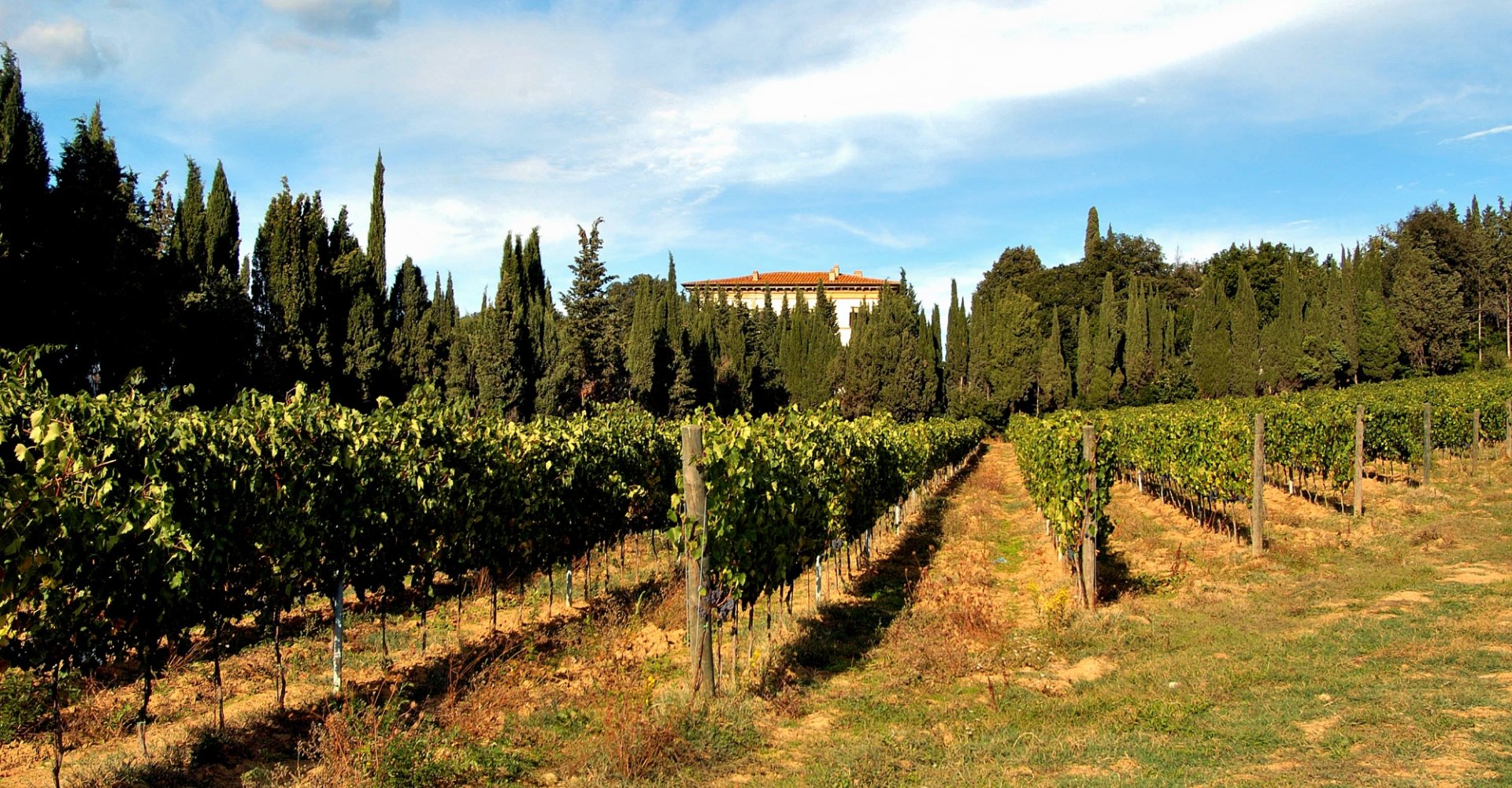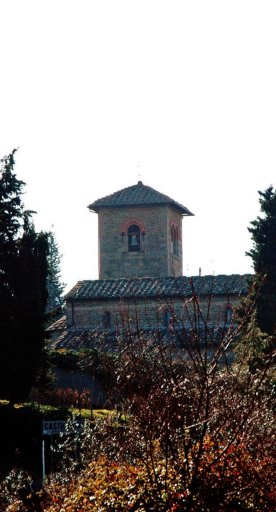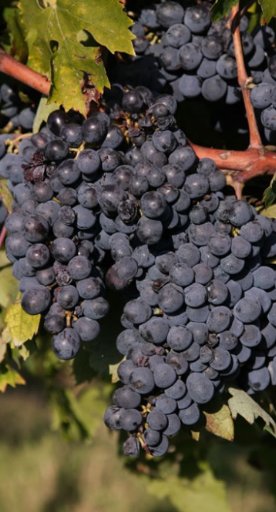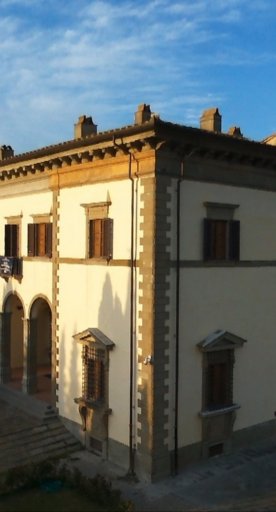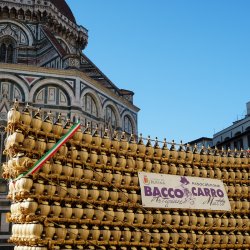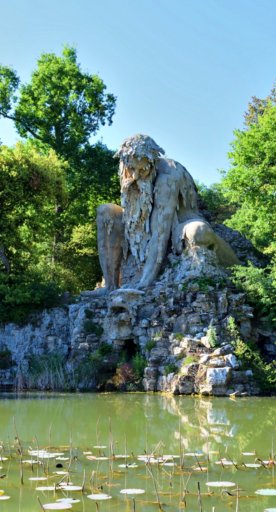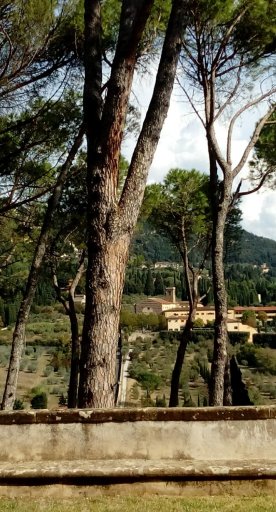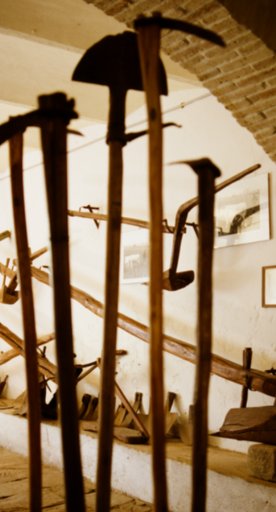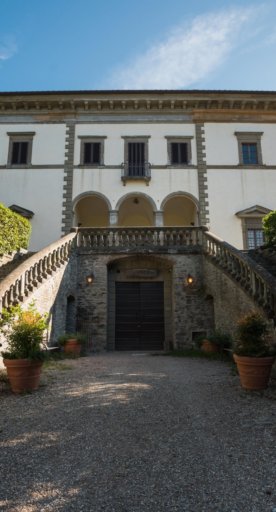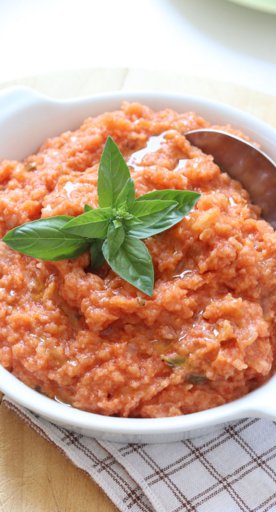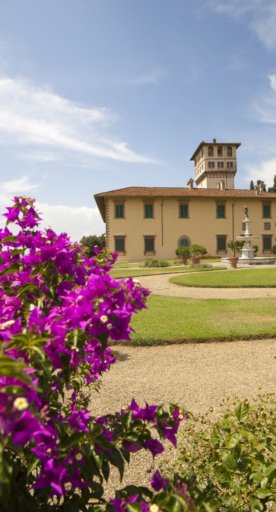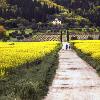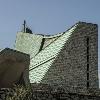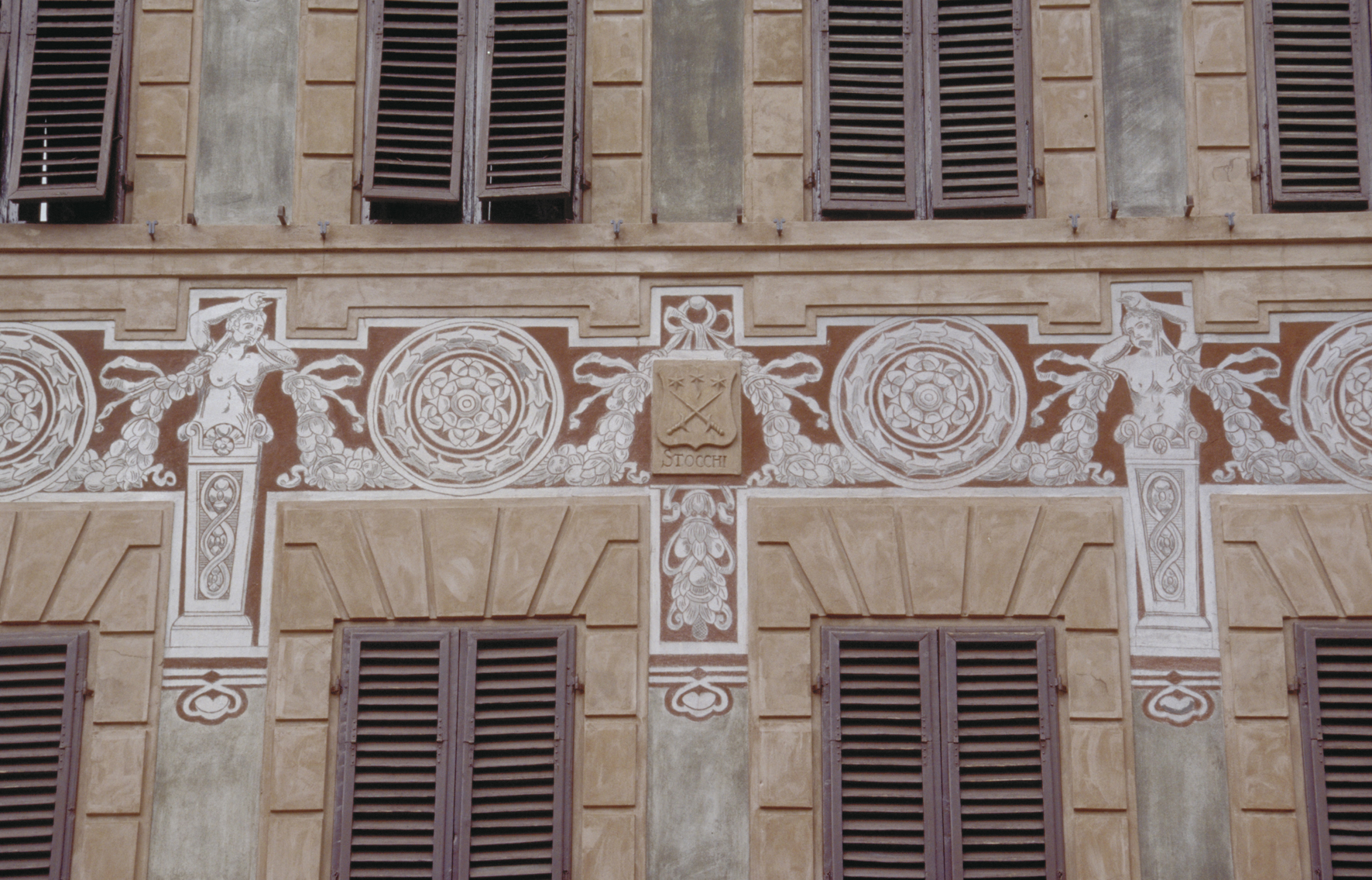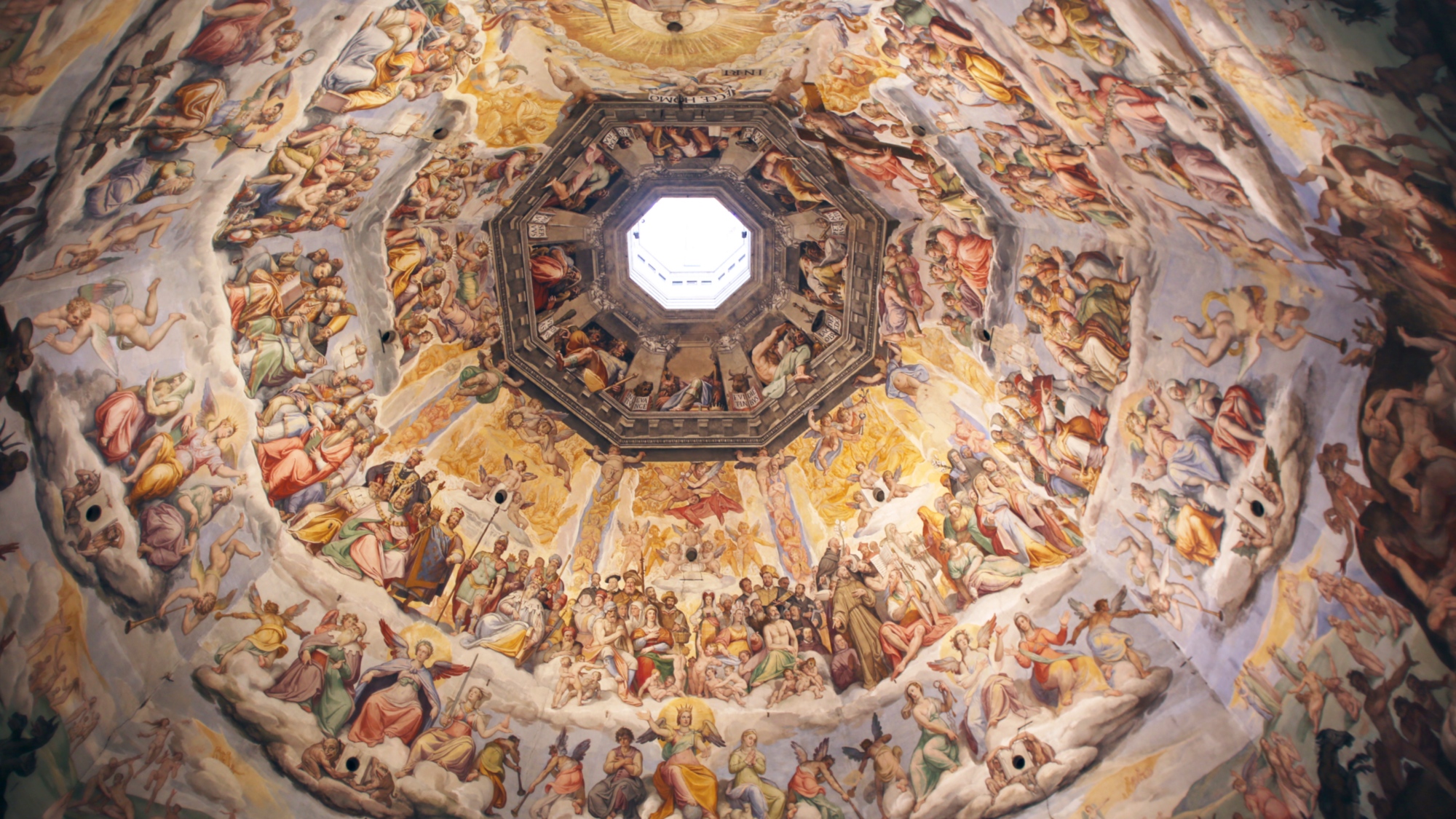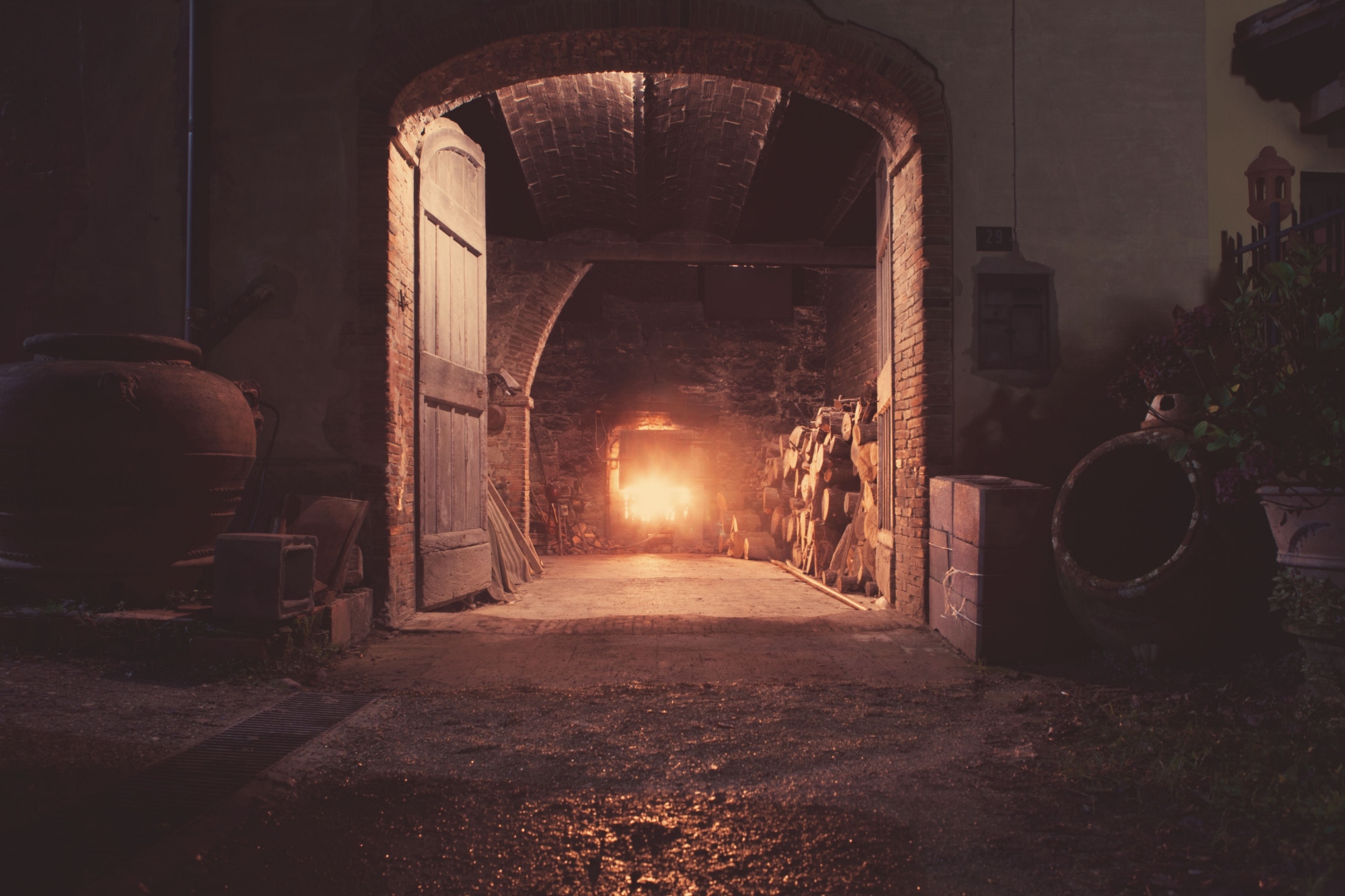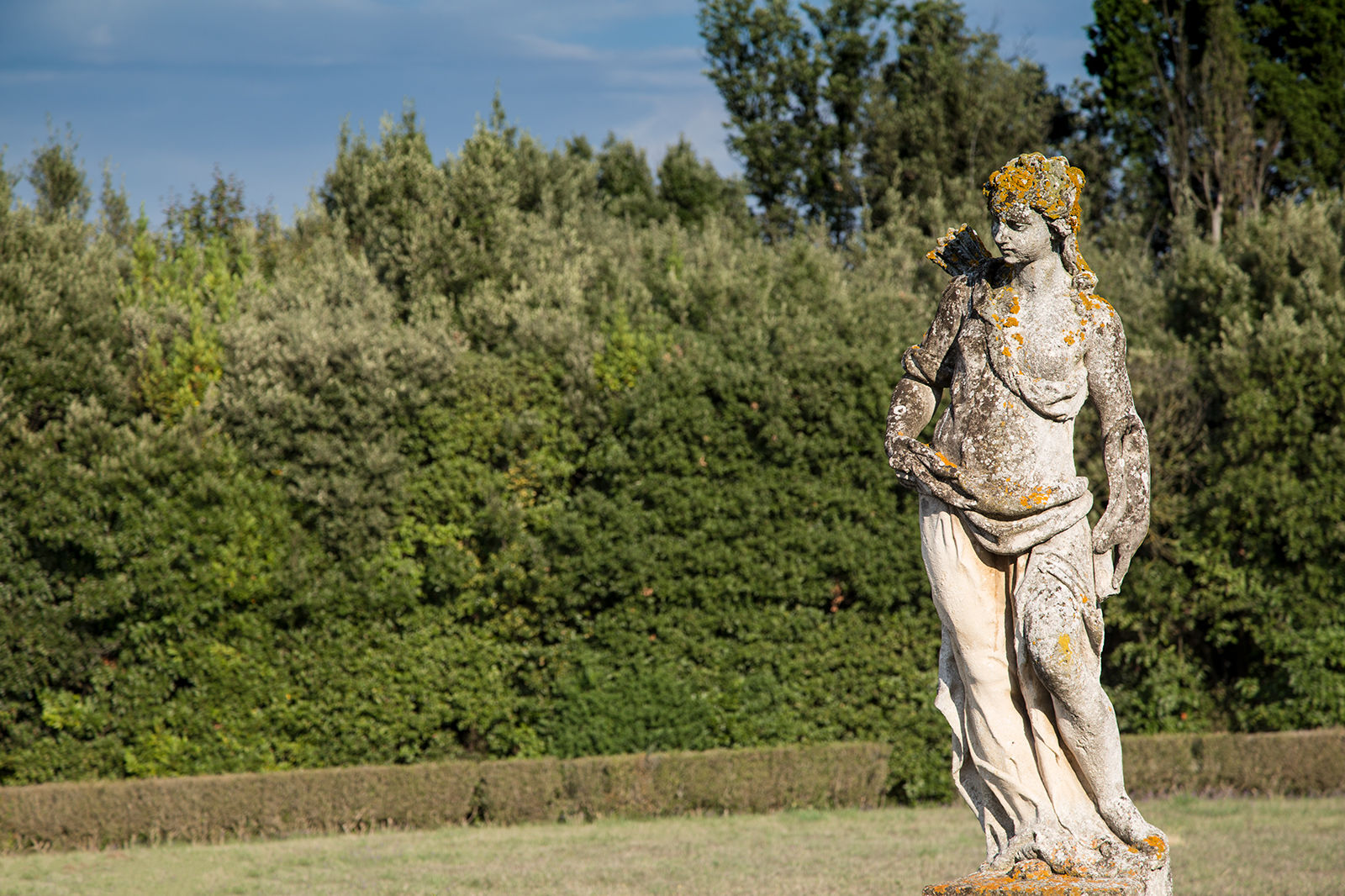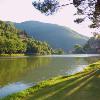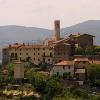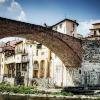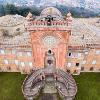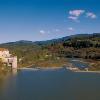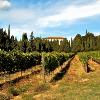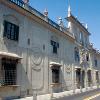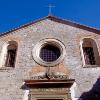If you happen to be passing through this part of Tuscany in autumn, count yourself lucky. This is when the community gathers for Bacco Artigiano, an event that involves the bacco by paying homage to it with a procession. The Carro Matto, an agricultural vehicle pulled by Chianina oxen, leaves from Rufina and reaches Florence loaded with 1500 flasks. The wine is then blessed in the Duomo’s churchyard and symbolically donated, as it was in the past, to the Florentine community.
On Holy Saturday, there is the Scoppio del Carro (“Explosion of the Cart”), a traditional event held in Piazza Umberto I. The Scoppio del Carro in Rufina was first held in 1937, when some citizens devised a rudimentary mechanism named Berta, capable of causing loud bangs with an iron bar and lead capsules. After interruption due to the war, the ceremony was officially named the Scoppio del Carro in 1946 due to the use of a decorated ox-drawn cart. Ignition was by means of a “colombina” (literally translating to “little dove” but actually a type of rocket!) which ran along a wire, triggered the firing then returning, forecasting a good harvest if the return journey is completed. In the 1950s, the float took on a more elaborate, pyramidal shape adorned with some decorations, with the timing of the event being moved to midnight. By the mid-1960s, fireworks were added, shaping the modern version of the event.
In the second half of May, the community of Rufina, together with that of Montebonello, celebrates the “Corso della Nave” (“Course of the Ship”) festival. This event takes its name from a path that led all the way to a ford where there was a small barge that carried people and vehicles to the other side of the Sieve River, where the present town of Montebonello stands. A festive weekend marked by tradition, historical re-enactments but also markets and musical entertainment.
